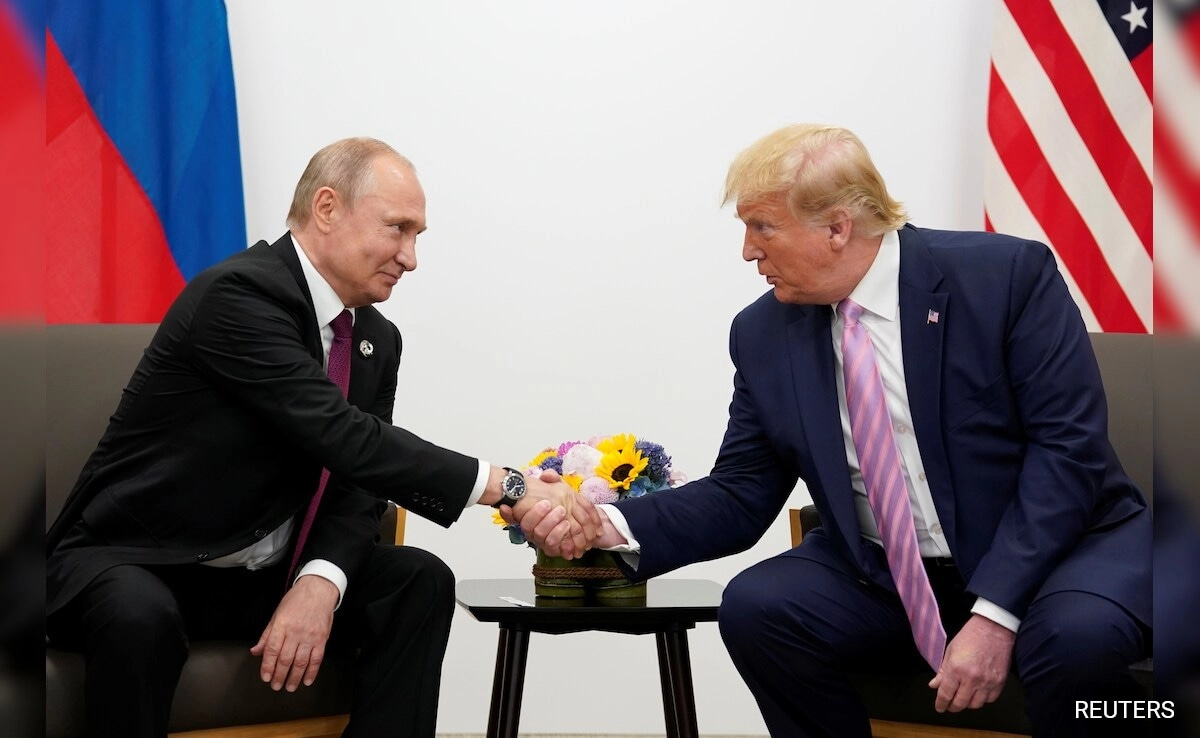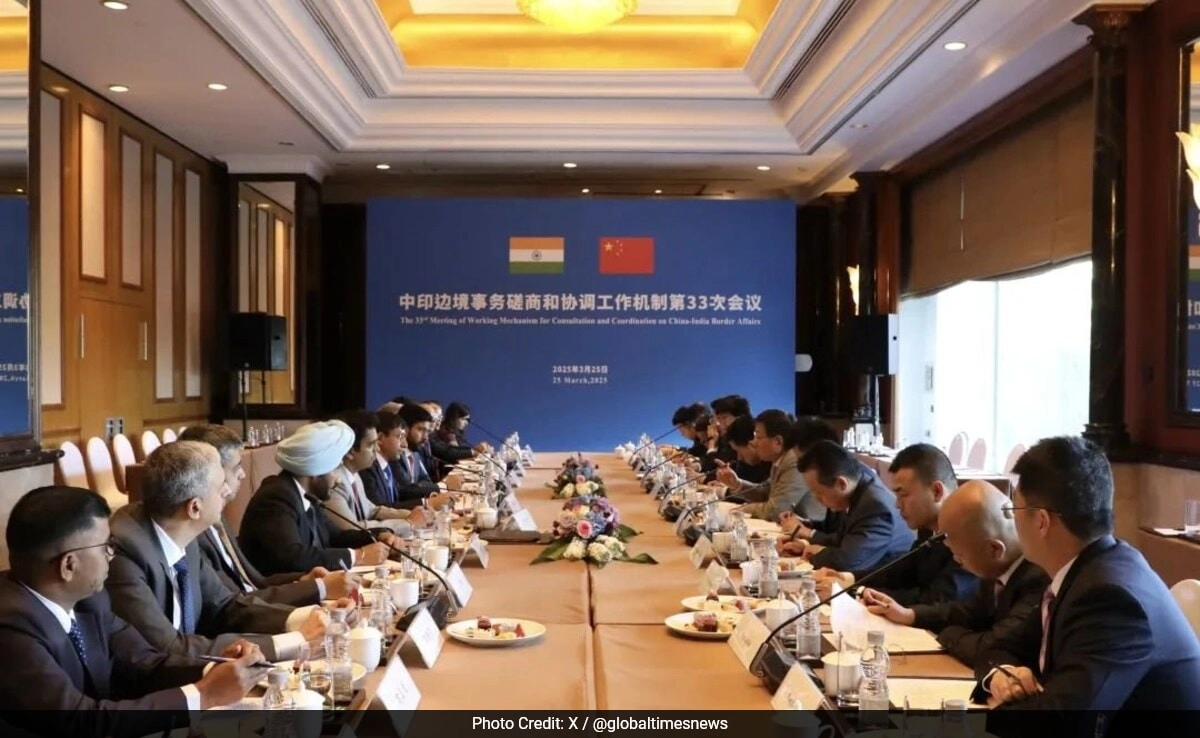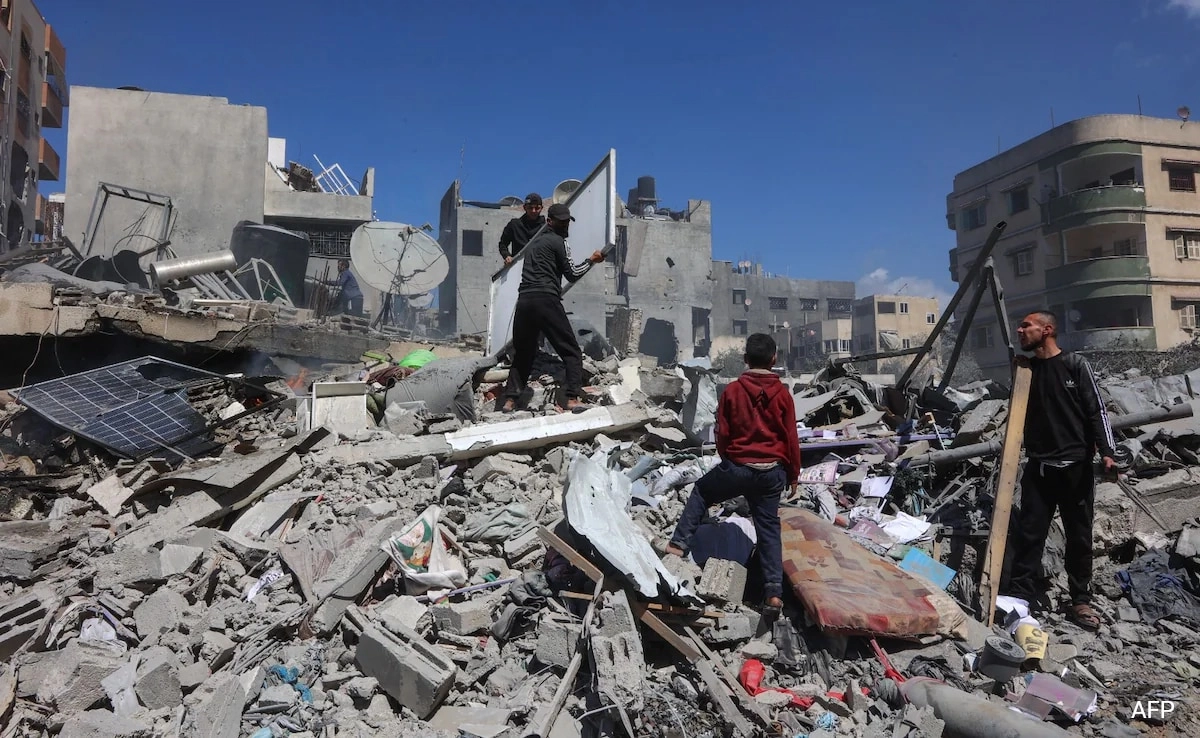Former President Donald Trump made headlines recently as he boarded a flight to meet with Russian President Vladimir Putin, emphasizing that he is “not here to negotiate for Ukraine.” This statement has stirred significant discussion and debate, particularly in the context of ongoing tensions between Russia and Ukraine. Trump’s approach to international diplomacy has often been characterized by his unconventional style and willingness to engage directly with leaders who are viewed as adversaries, and this meeting is poised to be no different.
Trump’s remarks indicate a clear stance: he is not looking to mediate the conflict between Ukraine and Russia, but rather to focus on broader issues of mutual interest between the United States and Russia. This position raises questions about the role of American leadership in global conflicts and the expectations surrounding diplomatic engagements. Critics argue that his reluctance to take a firm stance on the Ukraine issue could undermine efforts to support Ukraine in its fight against Russian aggression, while supporters may view it as a pragmatic approach to fostering dialogue.
As the world closely watches this meeting unfold, it is essential to consider the potential implications of Trump’s visit. The dynamics of U.S.-Russia relations have been fraught with tension, especially in light of the ongoing war in Ukraine. By prioritizing direct communication with Putin, Trump aims to re-establish a channel for dialogue that could address various geopolitical concerns, including nuclear proliferation, trade relations, and global security.
However, the timing of this meeting is critical. With the conflict in Ukraine continuing to escalate, many are concerned that Trump’s lack of focus on the humanitarian crisis and the plight of the Ukrainian people may send the wrong message to both allies and adversaries alike. As Trump embarks on this diplomatic mission, the world will be watching closely to see how his interactions with Putin will shape the future of U.S.-Russia relations and the broader geopolitical landscape.




